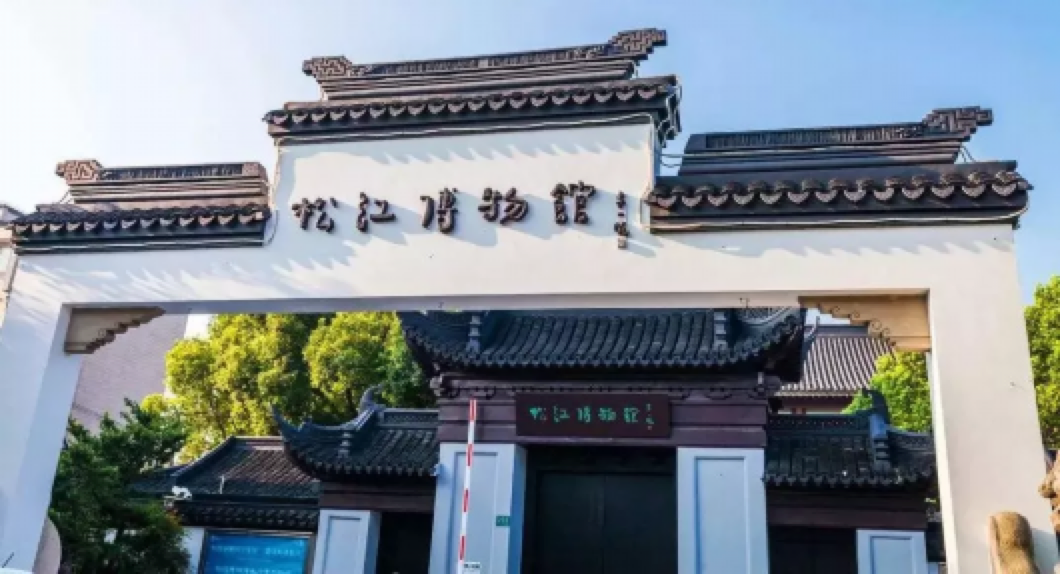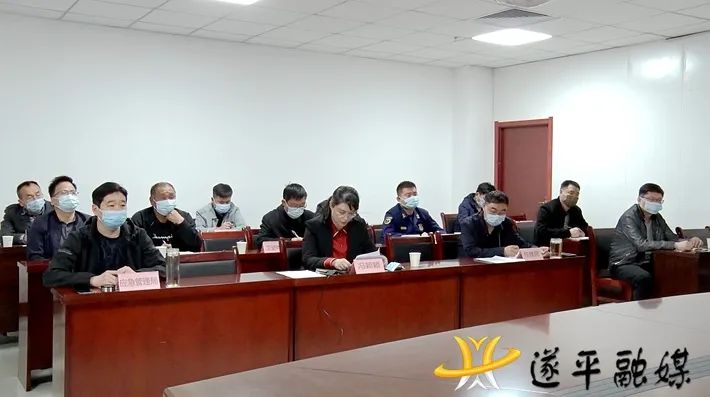Click “cultural Shanghai” above to subscribe! Songjiang was established as a county in the Tang Dynasty and was promoted to a prefecture in the Yuan Dynasty
. 
For thousands of years, the most prosperous downtown center of Songjiang since Tang and Song Dynasties has been formed in the south of Songjiang yamen, that is, the south of “the first building of cloud” at the gate of today’s Songjiang No.2 Middle School
. 
This is where Fangta Garden is now
. 
The square pagoda garden, built on the original site of Town God’s Temple, is a successful example of integrating traditional gardening techniques into modern gardens
. 
Both the overall planning and the building monomer show very high aesthetic value
. 
Today, let’s walk into Fangta Garden, the most famous cultural scenic spot in Songjiang Fucheng
. 
Fangta Garden: “Shanghai open air museum” Fangta Garden is located at 235 Zhongshan East Road, Songjiang, covering an area of 182 mu
. 
It is a garden with historical and cultural buildings as the main body
. 
The park is known as “Shanghai open-air museum” for its numerous historical buildings in song, yuan, Ming and Qing Dynasties
. 
The whole landscape is centered on xingshengjiao Temple Pagoda (commonly known as “Fangta”, a national key cultural relic protection unit), surrounded by Songjiang Fangta Garden, a municipal cultural relic protection unit (composed of brick wall, wangxianqiao, lanruitang, chenhuacheng temple and Tianfei Palace); Songjiang Ming Dynasty stone statue and the front hall of Zhang’s house, a district cultural relic protection unit; Zhuojin garden, Wulaofeng and sunyuan“ There are 8 cultural security units (spots) in total
. 
The park also has its Changlang, hehaoxuan, qiushengting, dujinlin, tiedifang, guqiandao, yangdexuan and other landscapes
. 
Within the garden, the lake is winding, the tower is shining, the bamboo forest is elegant, the ancient trees are tall and straight, and the flowers and trees are luxuriant
. 
The whole garden is elegant, simple, quiet and clean, with the charm of Tang and Song Dynasties and the modern garden atmosphere
. 
Fangta Garden, the painstaking work of the architect Feng Jizhong, is the masterpiece of the famous architect Feng Jizhong in his later years
. 
It was planned and designed in 1978, and initially completed in 1981
. 
The architect Feng Jizhong, a classmate of I.M
. 
Pei, is known as “North Liang, South Feng” and Liang Sicheng
. 
In 1978, Feng Jizhong received the task of designing the pagoda garden in Songjiang
. 
At that time, Fang TA was like a remnant of the winter scenery
.
Only the song tower and the Ming Dynasty wall stood alone in the vast wasteland
.
The land with a total area of 11 square kilometers was originally the center of the Songjiang government in the Tang and Song dynasties
.
The location of the county government, the Town God’s Temple and the Xing Sheng Jiao temple was passing through the city river in the Tang Dynasty, and it was once a prosperous sight
.
People hope that Feng Jizhong can build a modern park that can accommodate certain tourists
.
Feng Jizhong’s design of “keeping the old as the new” made Fangta Garden stand on the cusp of the times, and the construction process was rather bumpy
.
Under Feng Lao’s “doing his best”, this urban park with the nature of “open-air museum” has finally become a landscape architecture work with epoch-making significance
.
Opening hours and admission address: No.235, Zhongshan East Road, Songjiang District, Shanghai opening hours: 5:30-17:30 (may September) 6:00-17:00 (October April) admission: 12 yuan scenic spot clock out 01 xingshengjiao Temple Pagoda xingshengjiao Temple Pagoda is located in the center of Fangta Garden
.
It was built during the reign of Xining and Yuanyou in the Northern Song Dynasty (1068-1093)
.
It was more than 900 years ago and got its name because it was built in xingshengjiao temple
.
The pagoda is made of brick from Tang Dynasty, so it is commonly known as “square pagoda”
.
02 brick engraved in the wall garden, brick carved wall beside the square tower, built in Ming Hongwu three years (1370), formerly the screen wall of the Town God’s Temple gate of Songjiang County, has a history of more than 650 years
.
It is one of the oldest, most exquisite and most well preserved large brick art treasures in Shanghai and even the whole country
.
03 lanruitang lanruitang is located on the west side of Qichang corridor in the garden
.
It is built in Ming Dynasty with simple style
.
Located in the east of baojiaqiao, Zhongshan West Road, a plaque of “lanruitang” was once hung in the hall, which was written by Zhang Xianghe, a calligrapher of Qing Dynasty
.
The plaque has been destroyed
.
Zhu Chun, a native of Lou county (Songjiang) in the early Qing Dynasty, served as governor of Jiangxi Province
.
After returning to his hometown, he bought a house
.
04 Chen Huacheng ancestral hall Chen Huacheng ancestral hall is a special ancestral hall established in Songjiang Prefecture to commemorate the national hero Chen Huacheng
.
At the end of 1999, the ancestral hall was relocated to the square tower garden in Shanghai, and completed in June 2000
.
Chen Huacheng ancestral hall has two existing halls
.
The hall has three rooms and seven beams
.
Under the eaves, there is a bucket arch
.
Between the bucket arches, there is a cushion arch board with flower patterns
.
Tianfei Palace Shanghai Tianfei palace is the only surviving remains of Mazu temple in Shanghai
.
It was built in 1884 and was originally the main hall of Tianhou Palace at beitu of Henan Road and Bridge in Shanghai
.
Tianfei palace is located in the northeast corner of the square in the center of Fangta Garden
.
The palace is beautiful, with flying eaves and wings
.
The base is broad and grand
.
The first floor of Yunjian in the surrounding clock out scenic spot 01 used to be the qiaolou of Songjiang mansion
.
It is said that LOUJI was the commanding platform of Lu Xun, a great general of the eastern Wu Dynasty in the Three Kingdoms period, and now it is the gate of Songjiang No.2 Middle School
.
Songjiang Museum Songjiang museum is a comprehensive geological museum with rich collection of cultural relics, a total of more than 5000 pieces, mainly collecting, collecting, researching, displaying and publicizing the history, culture and cultural relics of Songjiang area
.
Venue address: 233 Zhongshan East Road, Songjiang District, Shanghai opening hours: 9:00-16:00; Closed on Monday (except legal holidays) admission information: 03 Yunjian granary is a cultural and creative park transformed from grain warehouses and factories from 1950s to 1990s
.
There are 68 buildings, including beer museum, Yunjian Art Museum, academician Art Museum of Chinese Academy of Sciences and Chinese Academy of Sciences, artist studio (Wang rugang, He Xi, he Jiyu), Yunjian half acre field and other characteristic venues
.
Park Address: no.327, Songhui East Road, Songjiang District, Shanghai opening hours: 8:00-24:00 (Yunjian Art Museum: 9:30-16:30, closed on Monday) admission information: free access to the surrounding tourist routes
.
Recommended scenic spots on both sides of Zhongshan Road from east to West: dongchan temple – qiujiawan Catholic Church – Songjiang Museum – Fangta Garden – Songjiang Science and Technology Museum – Yunjian first floor – Yunjian granary – Tangjing building – sock Lane – Songjiang District Culture Huaguan – Yuemiao – miaojianjie – zuibaichi – Cheng Shifa Art Museum – mosque – Xilin temple – sihuyuan – xiuyeqiao – Zhang’s rice shop – Yiyuan – 33 Guanyin Hall – Yiyun Pavilion – Youming Hall – Du’s carving building – songjiangbu exhibition hall – Xu’s pawnshop – Dacang bridge – mengjiangting – guanding temple – Yunjian first bridge.
.




